How To Use S9 Plus Camera
Samsung Galaxy S9 Plus – Photographic camera
Much of the Samsung Galaxy S9 Plus' success revolves around its camera. It's the just aspect of the phone that actually feels similar it's seen a significant update, and if you're someone who has an S8 then it'due south likely the only feature to make you consider updating your device.
The S9 Plus' new 12-megapixel camera at present has some dedicated RAM inside the sensor to speed things upwardly. The pixels have the same 1.4 µm size every bit earlier, plus dual-pixel autofocus and optical image stabilisation.
The big change is in the discontinuity of the lens. Instead of being fixed, as is truthful of the majority of cameras on other phones, information technology can motion between f/1.5 and f/2.4. This means that, in theory, the phone should employ the wider f/1.5 discontinuity when there isn't much light and switch to the f/2.iv for everything else.
Related: Best Android Phones 2019
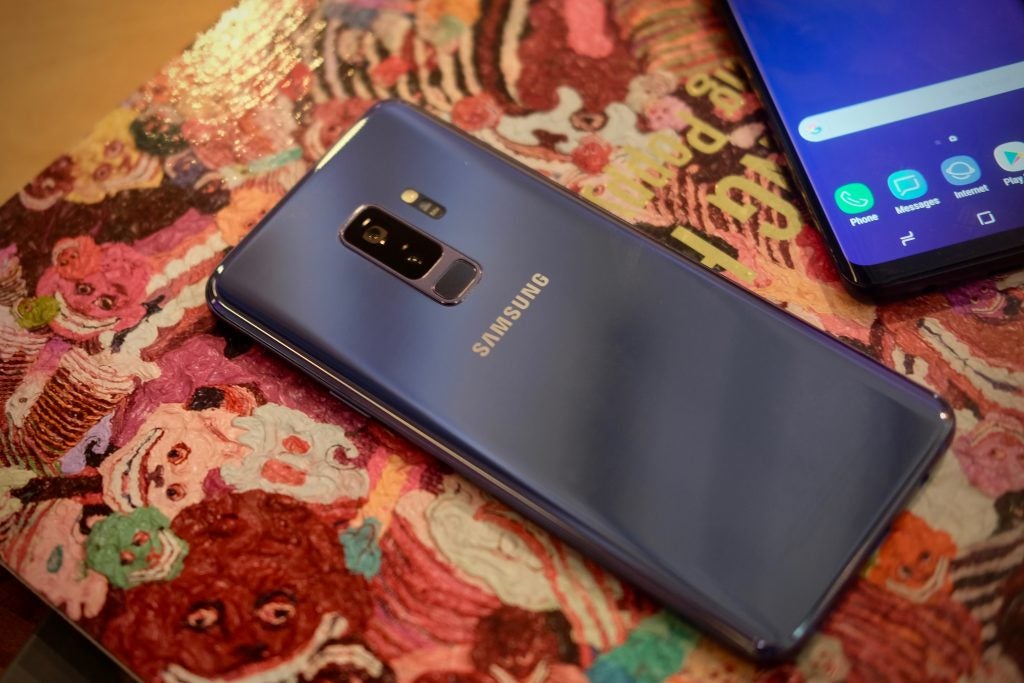
F/two.4 might seem like a very wide aperture, but having it as an option makes consummate sense to compliment the f/1.v culling. I have used a few phones with really wide apertures, notably the LG V30 and Huawei Mate 10 both of which have f/1.6 lenses, and they struggle with ensuring landscape shots are detailed the farther out from the middle they become. For example, if you have a photo of a mount view, the details will begin to get softer in the moving picture around the sides. Having both lens available avoids this being an consequence.
If you stick with the 'Auto' camera mode, so you'll unlikely discover the switching aperture. When's it light and brilliant the camera will shoot in f/2.4, widening to f/i.v when the low-cal drops below virtually x lux, like a nighttime restaurant or bar. You tin achieve more granular control if you swipe over to 'Pro', where you can switch between the two. Unlike many Huawei and Honor phones, the element inside the S9 Plus' camera physically widens when you switch; it isn't simply a false software tweak.
The inclusion of all this fancy optics tech is pointless if the results are poor, however. Thankfully, the images shot with either the Galaxy S9 or S9 Plus are mostly very good. They're colourful, super-detailed, and the focusing system is fast and accurate.
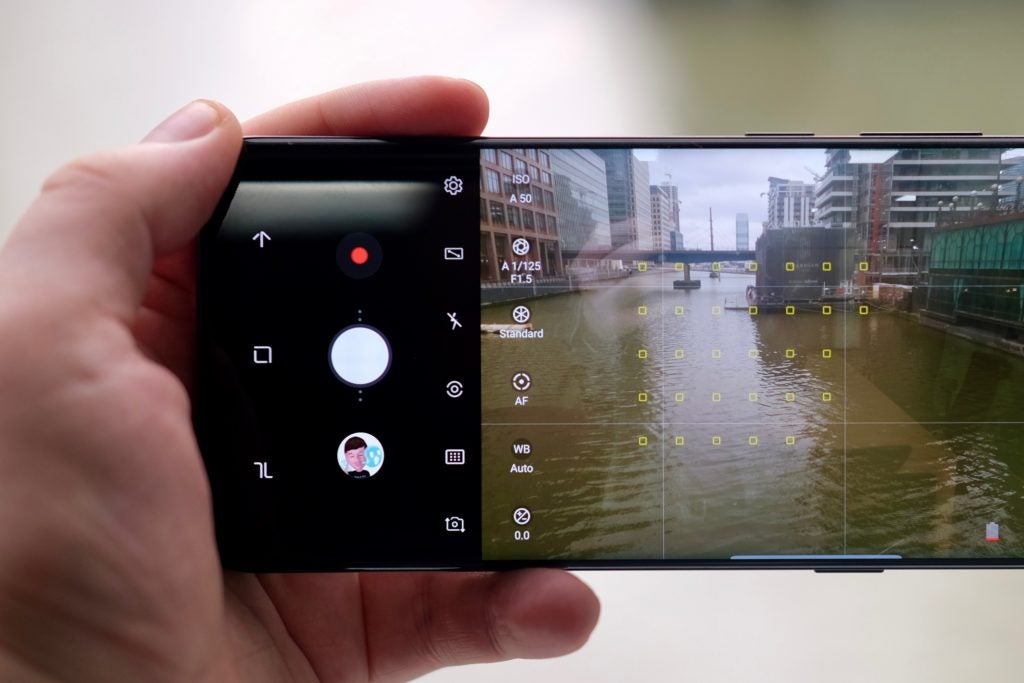
The Pro mode has plenty of options
Low-calorie-free shots, which really benefit from the variable aperture, are good. I don't think I've come across a phone that takes images as bright equally those achieved with the S9 Plus in poor low-cal – but this isn't e'er a benefit.
On occasion I institute that images didn't resemble what I was shooting; the scenery was besides bright and overwhelming. Sample photos taken in a bar were void of whatever temper, and I was left with an unusably bright photo. Note that this isn't always the instance, simply the difference betwixt one photograph and another taken immediately after can be a little odd.
Nonetheless, shoot in the right depression-light atmospheric condition and yous'll exist left with an prototype that you're sure can't accept come from a phone.

This and the photograph beneath were taken instantly after each other, all the same the results are very unlike


The camera automatically switches the to f/1.5 when the calorie-free is poor
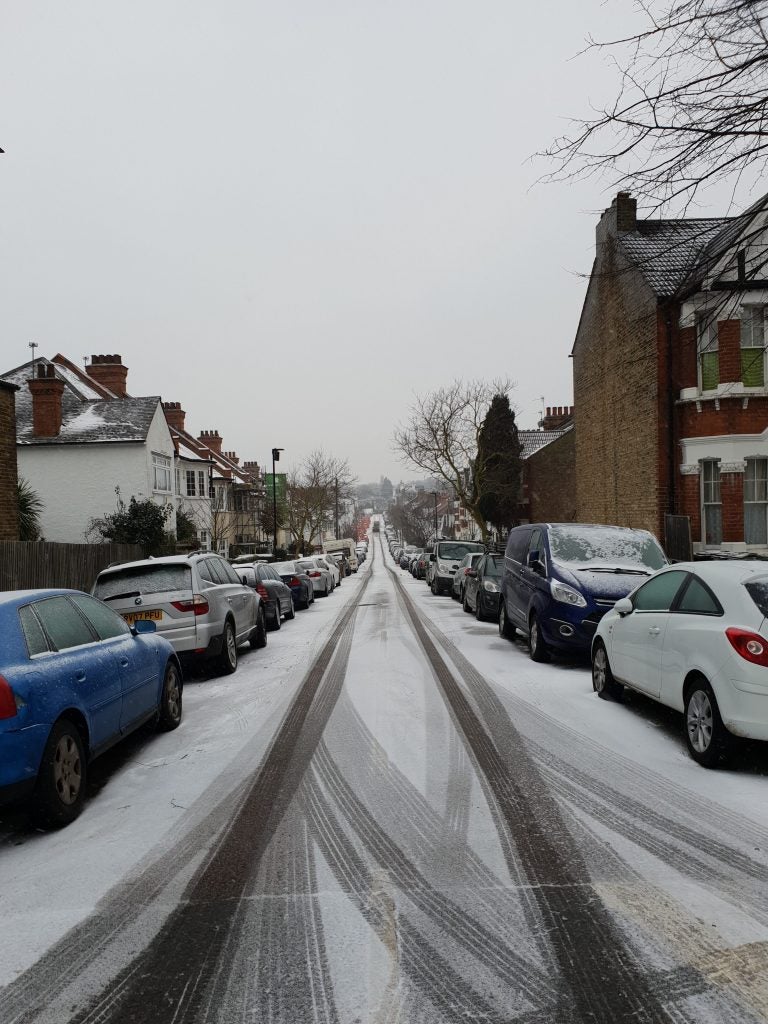
At that place'southward enough of depth in snaps
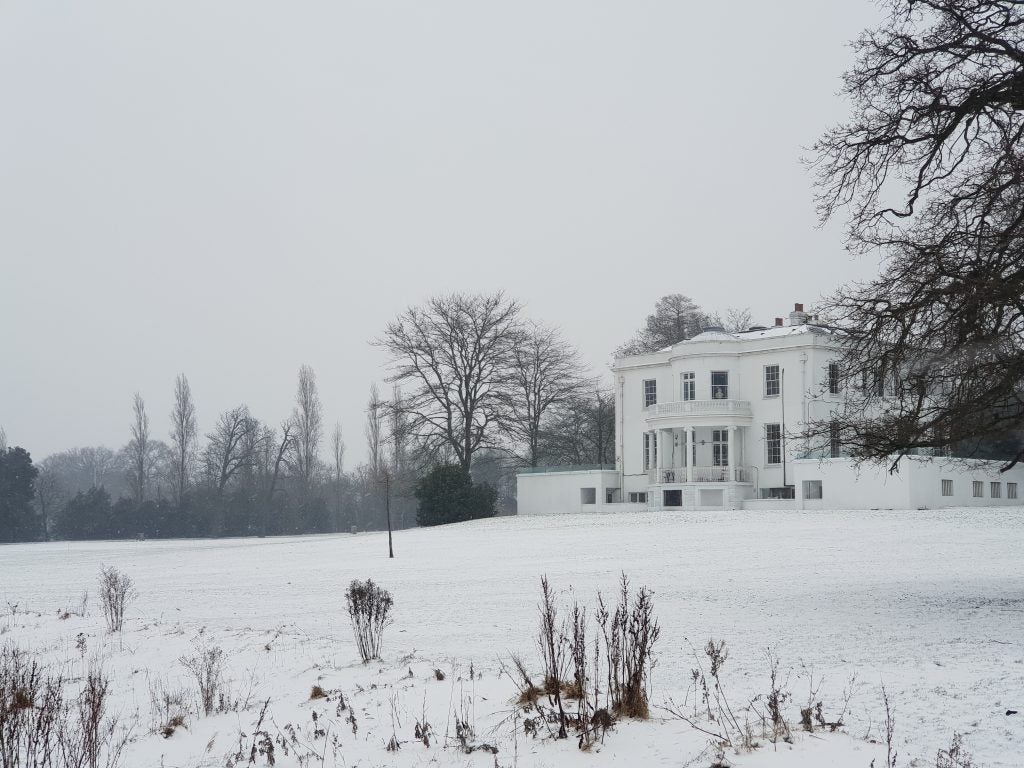
The 2x zoom doesn't sacrifice much detail
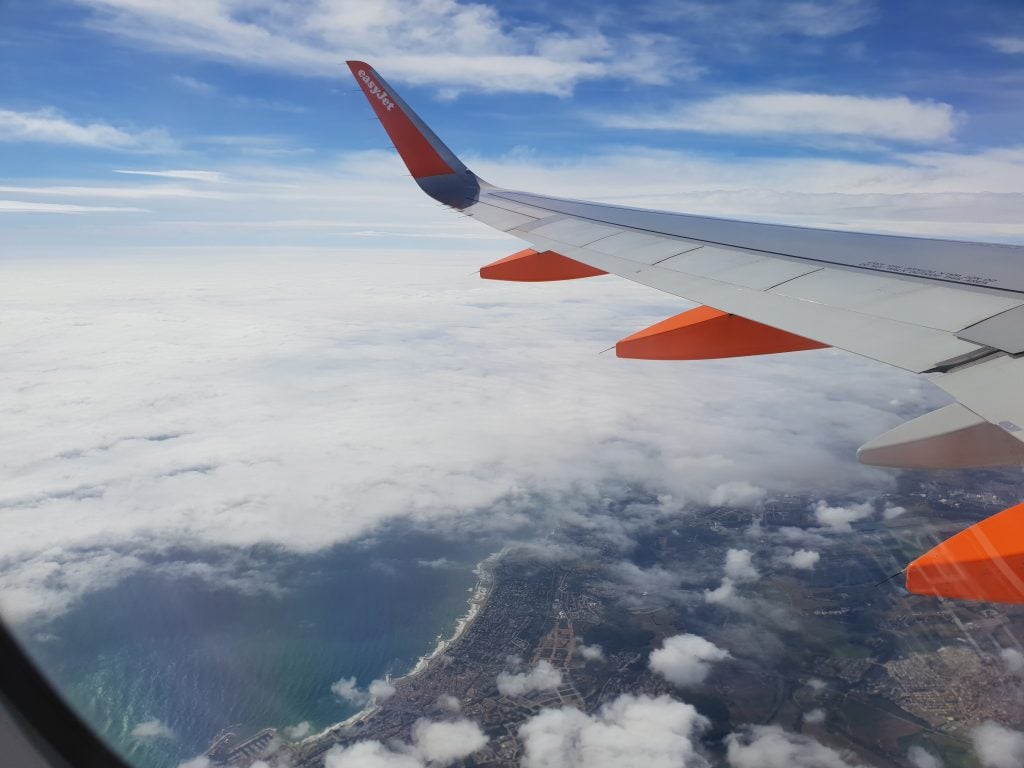
If it's vivid, the pictures look peachy
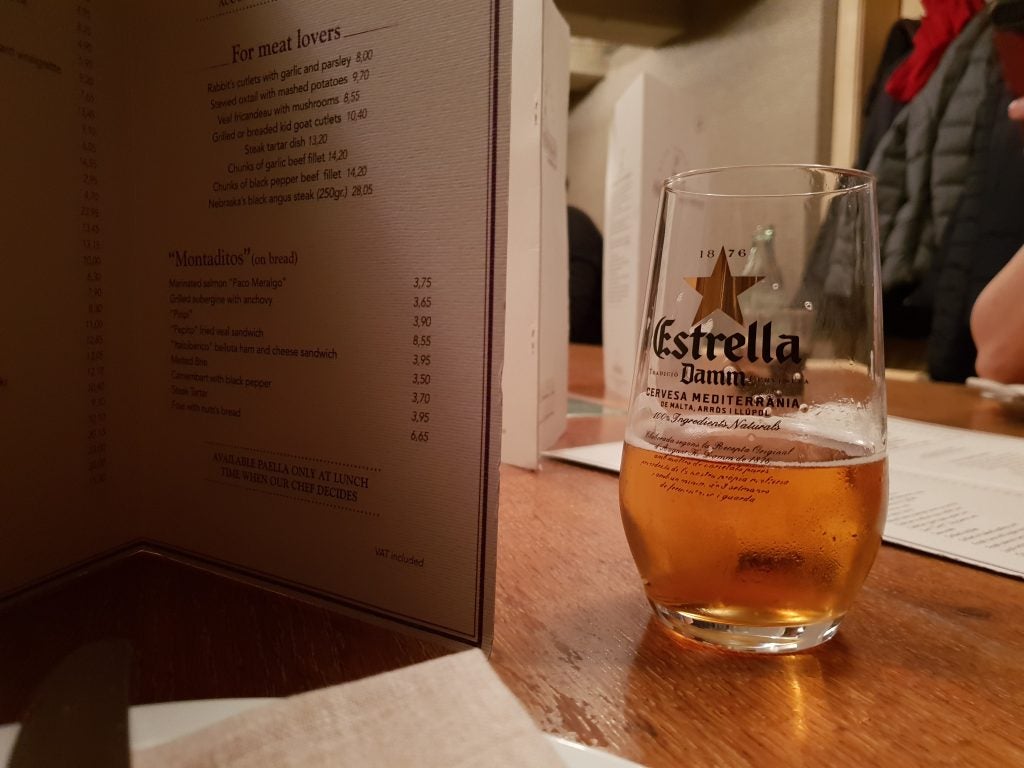
Information technology deals with tough shadows well, while retaining particular
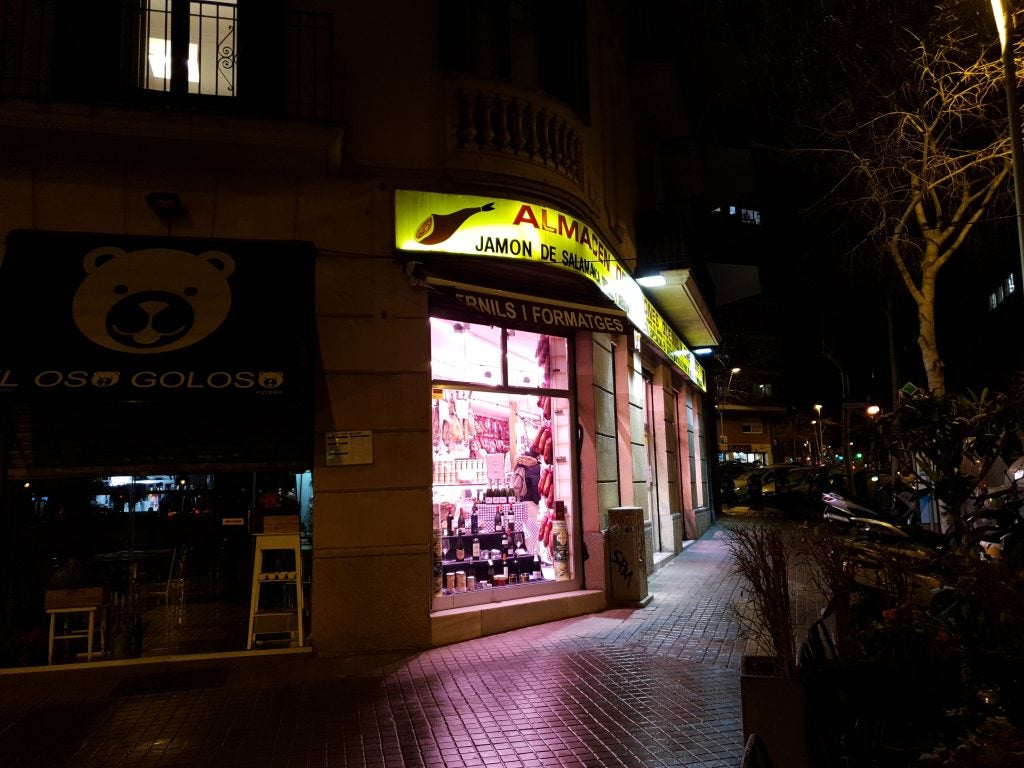
Some depression-lite photos shot at f/1.5 look excellent
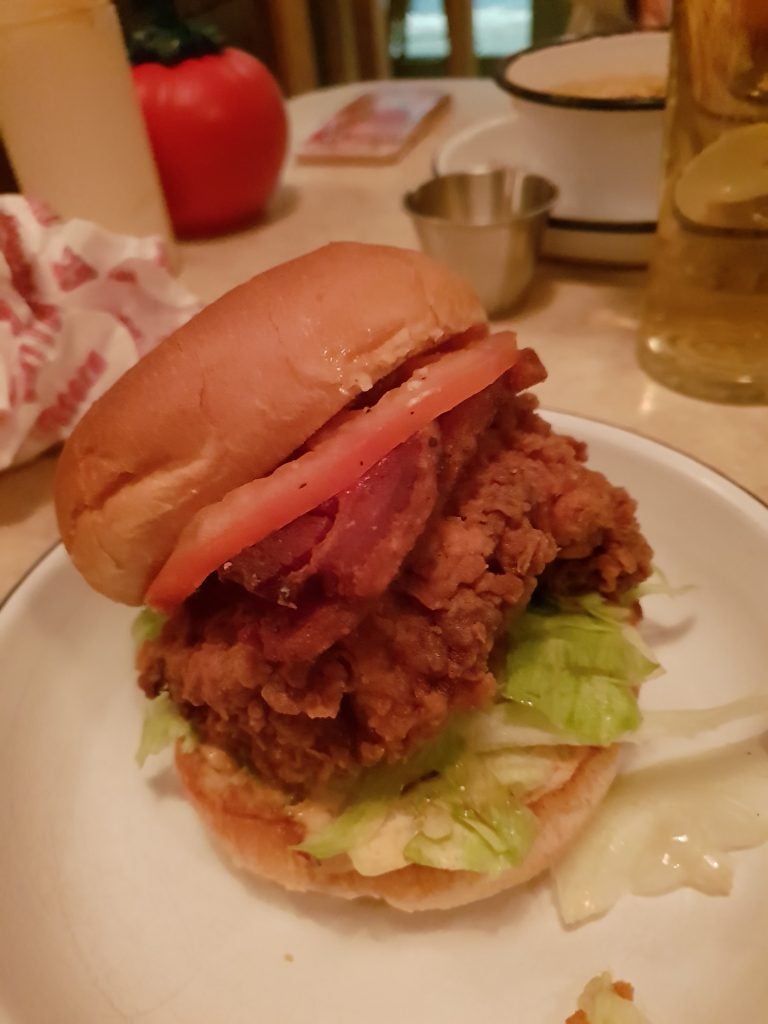
Sometimes low-light pics have mode too brightness, with results that wait bogus
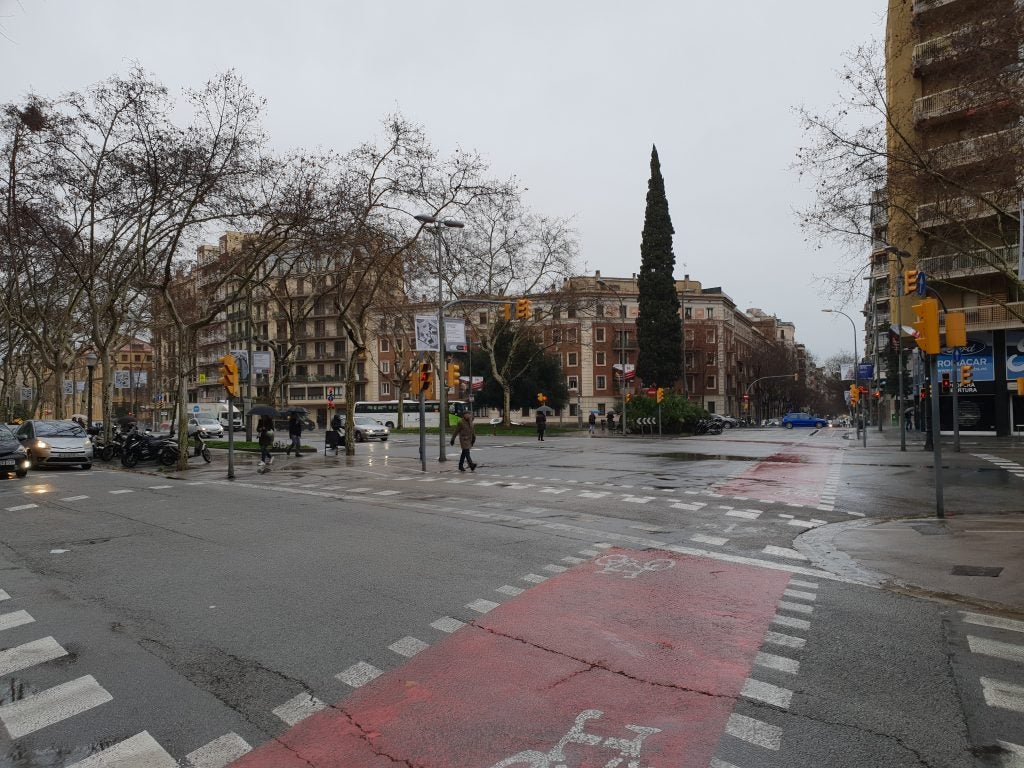
The auto-HDR mode levels out exposure well

My current favourite smartphone camera is the Google Pixel three – and with regards to most photos, information technology's nonetheless a lot better than the S9 Plus.
What the Milky way S9 Plus has over Google'due south alternative is the sheer number of camera features on offer. The 'Pro' manner is incredibly deep, and there's back up for excellent 4K recording at 60fps.
A new super slow-motion mode shoots a brusk outburst of video at 960fps (in 720p); it only kicks into life when it senses movement in the shot though, and it doesn't always seem to work. I would like a manual shutter-push option too, just for those times when the move isn't so obvious. The footage is capped at 720p and you need to be in really bright weather condition for it to look good. Yet, it'due south a feature almost will use rarely. When yous effort it you'll realise there aren't many things that wait expert when filmed at that speed.
One of the few features sectional to the larger Plus model is the secondary 12-megapixel sensor with a 2x zoom. This appears to exist the same optically stabilised f/ii.four module Samsung used in the Milky way Note 8 and later on the Galaxy Notation ix and information technology produces very similar results. Having that actress bit of zoom adds some variety to shots and the Live Focus bokeh mode tin can knock out some good photos.
Finally, at that place's AR Emoji. If I had to pick the worst feature on a Samsung phone in contempo years then AR Emoji would take the crown. It's a inexpensive cash-in on Apple's Animoji, just with seriously creepy-looking drawing faces that supposedly mimic your facial expressions.
Yous create an AR Emoji by snapping a selfie in the dedicated mode and then the app will convert information technology to 17 different GIFs. These volition relieve to your camera roll and they're available in Samsung's keyboard in the default messages app. You can use them in places similar WhatsApp and Facebook, merely I found the quality limited.

AR Emoji…..yeah, they're bad.
Source: https://www.trustedreviews.com/reviews/samsung-galaxy-s9-plus-camera
Posted by: zurcherpudge1936.blogspot.com

0 Response to "How To Use S9 Plus Camera"
Post a Comment